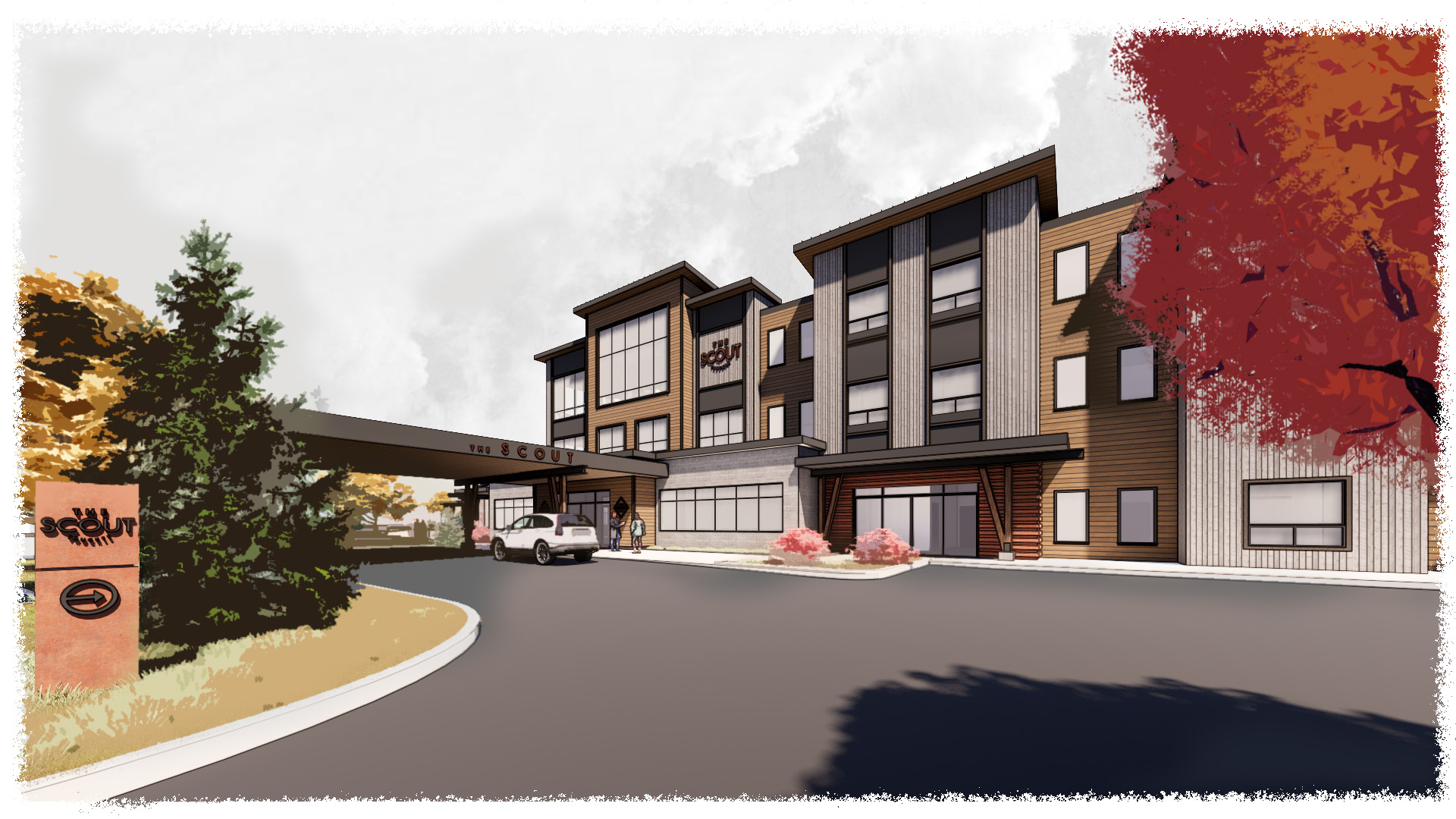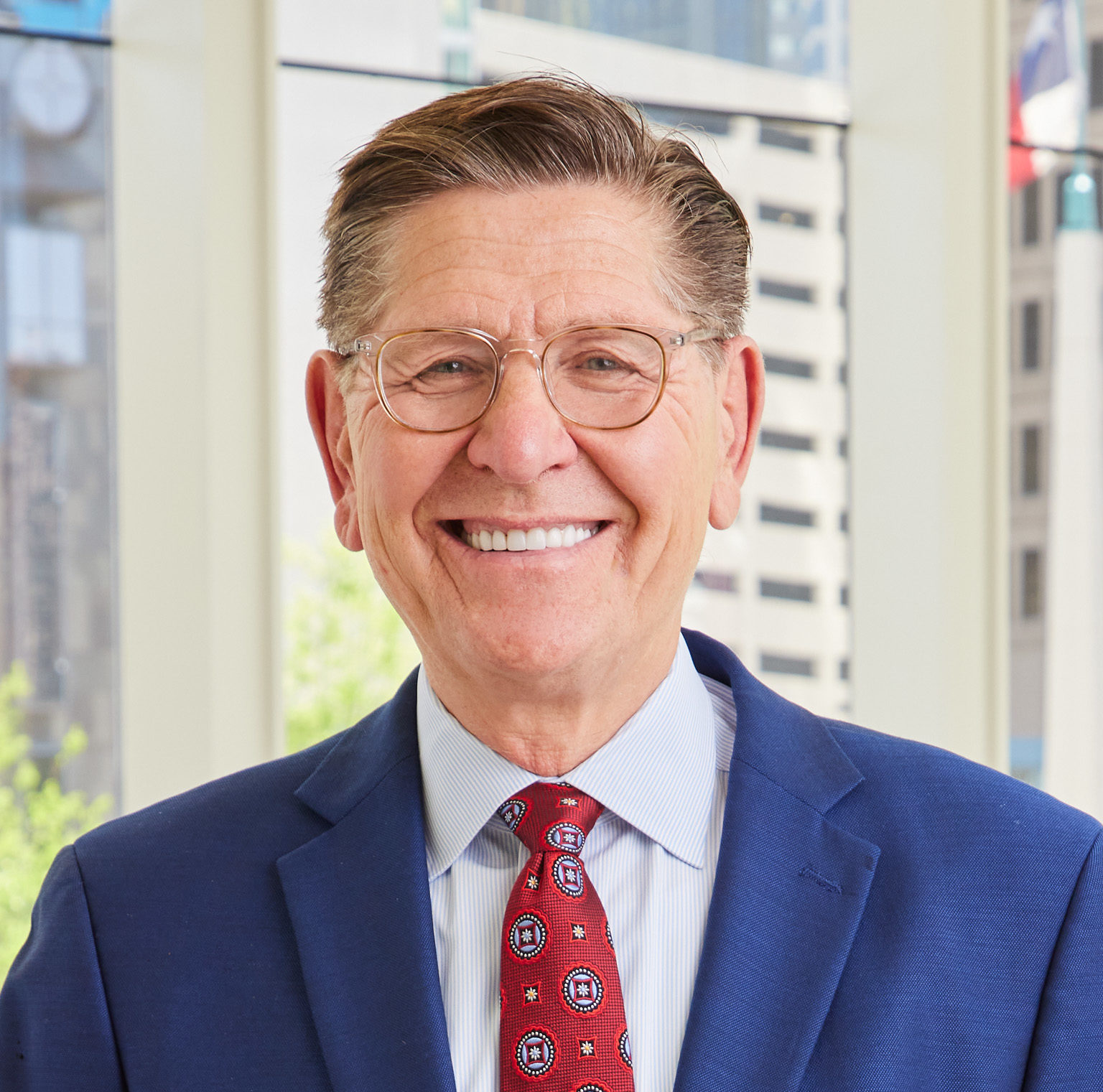BY MACK BURKE
In today’s cutthroat race for yield, Dallas-based Hall Structured Finance (HSF) is quick off the mark.
The firm was the No. 1 nonbank hotel construction lender in the U.S. in 2018, according to data from Real Capital Analytics, and sixth overall among all hotel construction lenders—banking and non banking sources.
Its activity is fueled, in part, by 42-year-old Texas A&M University ‘Aggie’ and HSF senior vice president, Matt Mitchell, who joined a team of six at the firm six years ago.
Born and raised in the Dallas-Fort Worth area, Mitchell’s parents were involved in the city’s residential real estate arena. His knowledge of the business coupled with his studies in finance paved the way for him to return to Dallas and enter into the competitive world of real estate finance.
After graduating from A&M in 1999, Mitchell mostly worked as a commercial real estate consultant, making several stops along the way, including a five-year stint at Ernst & Young, before joining HSF in an originations role in 2013. He was the firm’s first post-recession hire.
Since then, HSF has quadrupled its annual lending volume and more than doubled its staff, Mitchell said.
In March, it provided $42 million to Hollywood, Fla.-based AD1 Global to construct a two-building hotel assemblage in Orlando, Fla., that will include two branded hotels, a 144-key Aloft Hotel (a chain owned by Starwood Hotels & Resorts Worldwide) and a 140-room extended-stay Element Hotel (part of Marriott International).
Mitchell chatted with Commercial Observer about HSF’s banner year in 2018 and what trends he’s seeing in the realm of construction lending.
Commercial Observer: Tell us about today’s race for yield. How does HSF navigate the market?
Matt Mitchell: It’s really a fun and exciting place to be. Construction lending is not for the faint of heart. For a group that’s just looking to get into it, there’s a lot to think about. We have the benefit of a company that’s 50 years old, with a long background in being a developer ourselves. So, when we got into the lending business, we had that perspective. We have a long track record, but it’s a challenge; you get yield because it’s not easy, or everyone would do it. We figured out a long time ago that we can’t compete with a bank, or those with a cheaper cost of capital. So, we made use of our skills, talents and our knowledge of the development and construction industry to invest money in the space and capture good yield.
What do you typically look for in a construction opportunity?
We like to think outside the box, so we’ll evaluate things that might not check all the boxes for a potential opportunity for us. But generally speaking, we love deals with a good, experienced team that knows what they’re doing. We do lend to [less experienced] groups, but they’ve got to have a good team in place. We certainly favor major markets and secondary markets, but we go outside the box for something with a story—college towns, for example, or something a little more binary.
In the hotel space, specifically, we like branded opportunities that cater to business travelers. The major brands that we tend to work with the most are Hilton, Marriott, Hyatt and InterContinental Hotels Group. We’ll do boutiques and unbranded projects, but what we really like is branded, particularly limited-service, select-service or extend-stay; they’re more predictable and easier to underwrite. Personally, I think the boutiques and resorts are some of the more interesting projects to work on.
What’s an example of this?
We financed a Hyatt Andaz Hotel in Palm Springs, Calif. [with a $55 million loan], and I worked on that personally. It took some time for us to get comfortable with it, but it was a lot of fun. Also, one project we did in 2017 was an adaptive reuse of an old historic office building in downtown Houston. In that kind of scenario it’s really gratifying to know that you’re taking an old, underutilized, historic structure and helping to give it new life.
What’s your sweet spot for a ground-up construction deal? And, what might take you above your threshold, stretching your terms?
Fifteen to $75 million is our stated range. And 75 percent loan-to-cost (LTC) is certainly our maximum at this time, but earlier in the cycle we looked to stretch above that. I think for the most attractive deals in major markets—the select-service, extended stay or limited service opportunities where you’ve got an experienced team—that space has been increasingly competitive, so we will sometimes [go beyond] our typical terms to try to win a particularly attractive deal. With the Hyatt Andaz, we were in the 55 to 65 percent LTC range, because of its complexity. Our maximum leverage will fall in our sweet spot category, which is ground-up construction in a major market with a good flag. We like extended stay, limited service and select-service hotels because when you look at the revenue of a project like that, the vast majority is coming from room revenue, which is more easier to get comfortable with. With resorts, the complexity comes from a higher percentage of the revenue originating from a restaurant, a spa or other ancillary revenue sources, maybe meeting and conference space. That adds to the risk, but there’s certainly plenty of capital available for those projects; they’re just a little more challenging.
When, if ever, might you finance post-construction?
We like the niche that we’ve carved out for ourselves. Our role is really to be a resource to get a project constructed, and then also as a bridge, following construction, to allow a property to ramp up. At that point, the borrower’s going to want to find permanent financing that’s less expensive, and we’re going to want to get paid off and redeploy our capital elsewhere.
Last year ended on a turbulent note. What are some recent trends in the hotel space that have piqued your interest?
We’re seeing more and more brands. Hospitality companies are targeting and breaking down travelers into smaller and smaller groups, to say, “This brand is geared towards the business traveler who likes more traditional lodging, a no-frills experience and a good value, whereas another brand is also geared towards business travelers, but maybe it’s a business traveler who’s willing to pay a little more for a nice restaurant and bar atmosphere or something more glitzy, modern or sleek.” The trend is to try to establish more brand recognition, and more amenities within hotels to meet the needs of various travelers.
What does HSF look for when financing the construction of an independent hotel?
I think what’s helped us in the past is when they’re located in markets where there’s a proven track record of boutiques working. It would be more challenging to go into a secondary market where you’re competing with only flagged opportunities. But there are markets—Miami and New York come to mind, and certainly Los Angeles and San Francisco—where you have many boutiques and a track record of them being successful. The trailblazing projects—where they’re going into Grand Rapids, Michigan, or whatever, to build the first major boutique hotel downtown—are much harder to wrap your head around then for a boutique on Collins Avenue in South Beach, Miami.
Where are you most cautious?
One area where I’m cautious is high-end apartments in certain markets, where we’re having to underwrite to top-of-the-market rents. That concerns me. But overall, lenders have been somewhat constrained, although there’s always going to be exceptions. Broadly, I feel pretty good about how lenders have behaved themselves this cycle.
Which other asset classes is HSF keen to finance?
We’d like to do more multifamily. We’ve got a couple of deals that are in the preliminary stages and are in process now that we hope to close in the next few months. We closed one last year and one the year before last, but we’d like to significantly increase our volume there. Multifamily is a more competitive space; many lenders are more comfortable with it versus hotels. So, we do get a little more aggressive on our terms in the multifamily space and we’re making an effort to try to do more. Beyond that, we’re certainly pursuing student housing. We’ll look at office and retail and industrial, if it makes sense; the challenge there is pre-leasing and whether it’s strong. We’ve been most aggressive on office space in good markets. We’d certainly be interested in doing speculative office developments in good office markets. We’ll also look at special situations; we did a condo loan a couple of years ago, but we’re not actively targeting those.
How stringent are HSF’s equity requirements?
That’s a pretty important component of a project for us. Certainly, when you talk about LTC and maxing out at 75 percent, we’re pretty strict on the 25 percent being real cash equity to develop the project. It’s a challenge when we frequently get projects where developers purchase the land and spend some time getting entitlements in place, and then they want some credit for that. We try to do what we can there, if there’s a story that we can get behind. It makes the deal more challenging to close, so certainly, that cash equity piece—25 percent true cash equity—makes us more comfortable. We did lend on a project recently where the land was acquired in a distressed transaction in the depths of the recession and so we felt comfortable providing some imputed equity into the land value. But generally speaking, cash equity is much more attractive to us than imputed, or sweat equity.
Original Publication: https://commercialobserver.com/2019/04/hsfs-matt-mitchell-talks-late-cycle-construction-lending/
Back To News Room
News Room
Related Articles
Scroll to explore related Articles from HALL Structured Finance team










